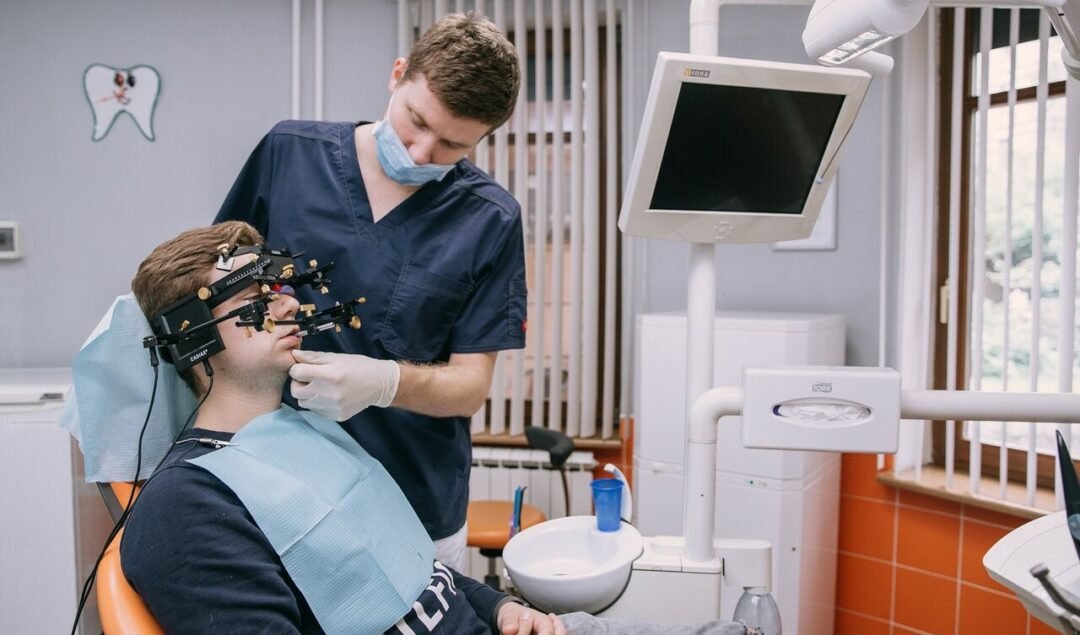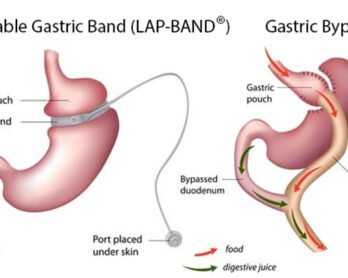Should you Use Fluoridated or Non-Fluoridated Toothpaste?

Should you use fluoridated or non-fluoridated toothpaste? That’s a tough question to answer, even for Melbourne Orthodontist. Fluoride is a mineral that helps prevent cavities and can even improve your smile. But it’s not without risks, especially if you have certain types of kidney disease, are pregnant or breastfeeding, or have cancer. So should you choose fluoride-free toothpaste?
What Are the Benefits of Using Fluoridated Toothpaste?
There are many benefits of using fluoridated toothpaste. Fluoride helps prevent cavities, gingivitis, bad breath and tooth decay. Fluoride also helps prevent tooth sensitivity and discolouration.
What Are the Benefits of Using non-Fluoridated Toothpaste?
There are a few reasons why you may want to opt for non-fluoridated toothpaste. First of all, it’s better for your teeth and gums. Fluoride is essentially a mild form of sodium fluoride that can be harmful to people with certain medical conditions such as stomach ulcers or kidney disease.
Since the chemical has been linked to these conditions, many people avoid using fluoridated products altogether due to their risk factor levels being too high. However, some studies suggest that there are ways in which non-fluoridated toothpaste can help protect against cavities and tooth decay while simultaneously maintaining good oral health at the same time!
Another benefit is that they’re less likely than regular ones (which often contain sodium lauryl sulphate) to cause irritation when used regularly over time – even if they do sometimes contain some ingredients like triclosan which may disrupt hormones in our bodies after prolonged use.”
The Wash-Up of Fluoridated vs Non-Fluoridated Toothpaste
If you’re looking to get the most out of your toothpaste, then it’s important that you know the difference between fluoridated and non-fluoridated toothpaste. Fluoride has been used for over 100 years as a way to prevent tooth decay and strengthen teeth. In addition, fluoride is also found in some foods and drinks, so this mineral will be present in all your daily routines.
There are several different types of non-fluoridated toothpaste on the market today (click here for some options). Some contain hydrogen peroxide while others do not; however, both types can help protect against cavities by killing bacteria that cause plaque buildup on your teeth (and ultimately lead to cavities).
Which one to use?
When it comes to toothpaste, there are two kinds that you can use: fluoridated and non-fluoridated. Fluoride is a mineral found in water, soil and other natural sources that helps strengthen teeth by strengthening the enamel. It also helps prevent cavities by preventing bacteria from getting into your mouth, where they can cause damage to your teeth.
The Centers for Disease Control and Prevention (CDC) recommends using a fluoride toothpaste for children under 6 years old who have not yet reached their permanent teeth because of its beneficial effects on developing babies’ oral health straight away when they’re born
Conclusion
In the end, which toothpaste is right for you depends on your personal needs. Having said that, as per some Melbourne Orthodontist, fluoridated toothpaste can be a good choice if you have an active lifestyle and want to prevent dental decay in your teeth. On the other hand, non-fluoridated toothpaste may be best suited to those who want less abrasive toothpaste that’s gentler on sensitive gums or a minty flavour without any added fluoride.






